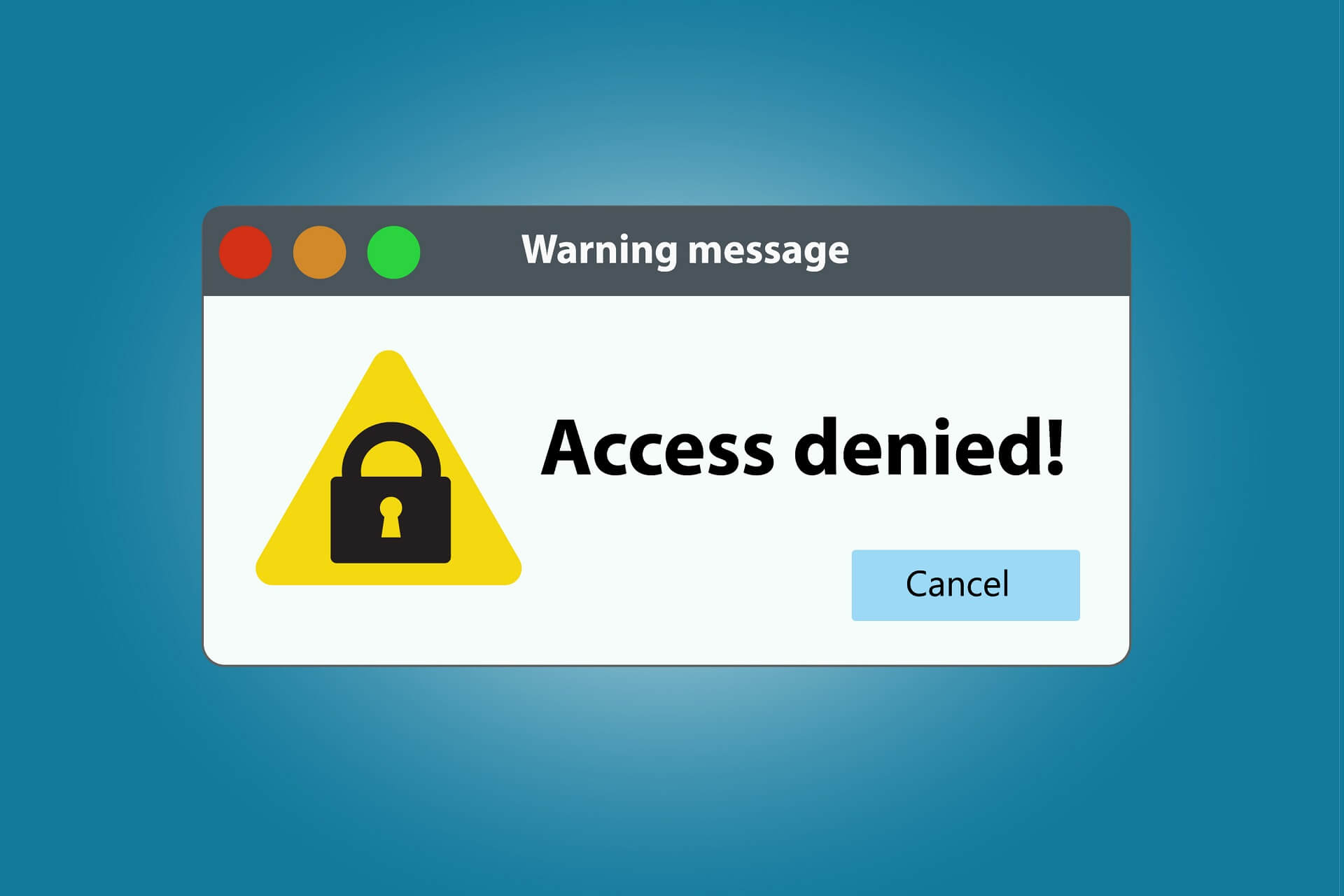
One for MSSQLSvc/Host:1433, where Host is the name of the host computer.

These two SPNs for SQL service account must come up for delegation to properly function: Setspn –L Account domain\sqlServiceAccount If the service account uses the computer’s account, then the process can register by itself or the local administrator can register it by using Setspn. The service’s SPN must be registered by a domain administrator if the service account is a domain user account. Iii) The client must be connecting to the SQL using TCP. Ii) SPNs must be registered for the SQL Server service if the service account is a domain account. I) A domain user running the query from management studio must not have the Account is sensitive and cannot be delegated selected option. We would be all set for Kerberos (UNC's need a "CIFS" SPN which is included under "HOST" also).Ĭomplete list of the different service types included in HOST of can be found inī) Configuring Kerberos delegation on the SQL Server box. , we will already have SPN's set that will handle Kerberos when using those names. These two SPN's use the generic "HOST" service type which includes all the various services that *come*be default with Windows. netbiosName being the machine name of the computer being joined to the domain, and being the fully qualified machine name. Whenever a computer is joined to a domain, it is assigned 2 SPN's by default: HOST/netbiosName, and HOST/.
#Avast error message access is denied 5 windows
The following are the salient points you need to keep in consideration and are also mentioned in detail hereĪ) The data file must be shared between the two computersī) To specify a shared data file, use its universal naming convention (UNC) name, which takes the general form ofĬ) The user account that is used by SQL Server must have been granted the permissions that are required for reading the file on the remote disk.īut there is another important consideration that needs to be taken care of when we have a setting as below and Windows authentication is being used.Ĭlient application from client machine à SQL Server (SQL service account impersonating client account)Ī) We need to have CIFs SPN for the file server. When the SQL Server process had read access to a file, for a user that did not have access to the file but was a member of theįixed server role, the user could import the file by using BULK INSERT and access the contents of the file.īut that had a security issue and the way SQL Server 2005 and later versions handle access to external files is different. Once a user was authenticated, access to external files was based on the security profile of the SQL Server process. Many DBAs come with prior experience on SQL Server 2000 where the following was true. Some of them are as follows.Ī) Added “full” access to “everyone” (just temporary to test this) on theī) Added “full” access to the SQL server service account on the The usual troubleshooting that DBAs do is to chase the “Access Denied” error from a file/folder access perspective.
#Avast error message access is denied 5 code
Operating system error code 5(Access is denied.).

WITH ( FIELDTERMINATOR = ' ', ROWTERMINATOR = '\n') If you are looking for details about bulk copy visitįROM '\\advdev64\BulkTest\test_bulk_insert.txt' For a while now I worked with a lot of DBAs and Developers bewildered with the problem and most of them complaining about the lack of good documentation about it and hours spent diagnosing in the wrong direction. It deals about the specific error “Operating system error code 5(Access is denied.)” which might crop up under certain circumstances when doing a bulk copy. While there are various forms of bulk copy this blog specifically deals with copying data from a file into SQL Server.


 0 kommentar(er)
0 kommentar(er)
